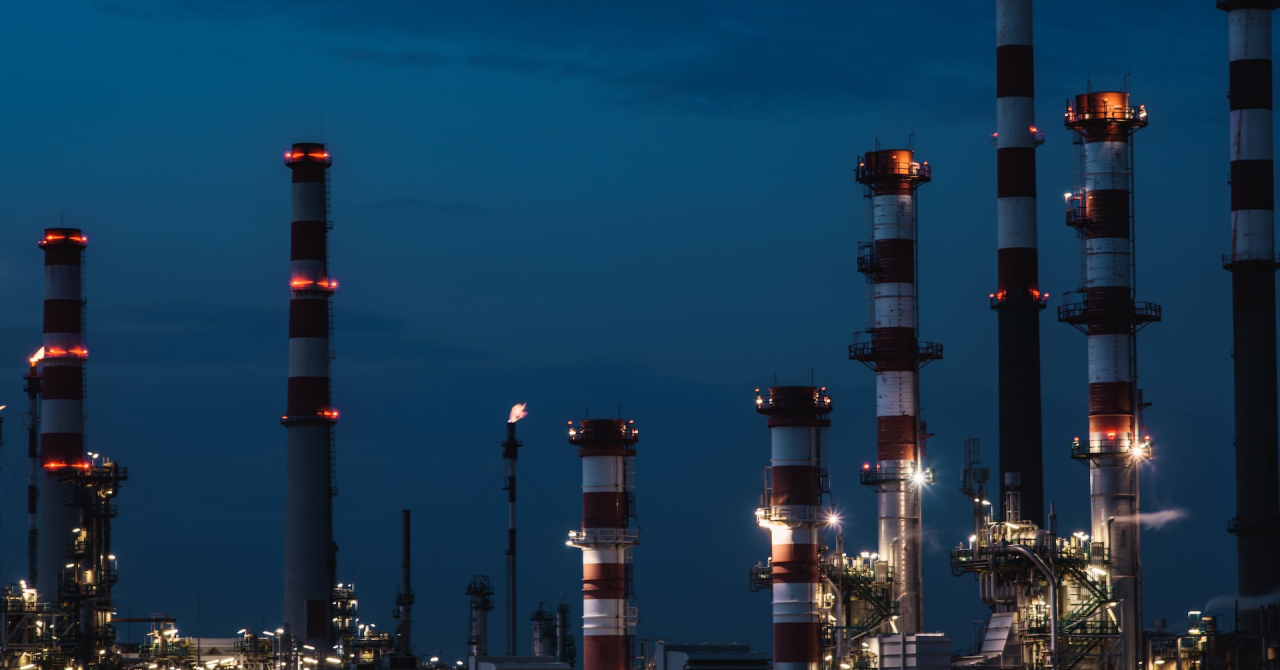According to McKinsey, national and industrial transition commitments also spark high uncertainty in this sector, while technological advancements also tend to change consumer behavior.
All these factors and the ones mentioned before them will be the ones that will shape the future of our refineries.
Fossil fuel demand worldwide is expected to peak in the next five to ten years, according to experts, but this will depend on the drive for innovation and future policies that countries may adopt.
The Current Trajectory scenario implies that research will continue to bring innovation in climate-focused technologies, specifically EVs and batteries, as these are expected to be supported by government policies and targets.
The Further Acceleration scenario is the more ambitious one, where battery tech especially will be innovated faster and will also get cheaper, while governments will make an even more aggressive push towards EVs.
At the same time, biofuels, hydrogen, carbon capture and utilization and energy storage solutions will also have a meaningful impact in reaching our targets before 2040.
One of the worst-case scenarios is presented in the Fading Momentum, which implies that supply chain issues and less ambitious government moves, among other factors, are expected to add another couple of years to our full energy transition.
Road transport, the key in the transition
As it is probably expected, road transport, whether for people or cargo, will have some of the biggest impact in this transition and how fast we'll achieve net-zero.
Scientists believe that, between 2019 and 2040, road transport will be accounting for 90% of the total demand of fossil fuels.
This is why EVs are a necessity today and we need to push the transition towards them even faster if we want to achieve net-zero emissions and lower the output of refineries.
If things go as they do today, we can expect electric vehicles in a wide range of industries to reach 50% of all purchases sometimes in 2030.
The better scenario implies that major economies will further press on the ban of fossil-vehicles and the transition towards EVs will reach 70%, while even poorer regions on Earth will have a more accessible range of battery or hydrogen-powered vehicles.
The worst-case scenario means that supply chain issues and charging infrastructure will limit the adoption of EVs, which will reach 50% sometime in 2035.
This means that by 2040, oil demand will be 15 million barrels per day higher than the best-case scenario.
The future of our refineries
Refineries based in the US and Europe are mostly at risk of seeing a fall in terms of production when compared to the rest of the world.
This can be owed mostly to the rate of adoption of EVs in these regions, but there are other factors that play their part.
Depending on the scenario, refineries that operate in North America could see anywhere between 5 and 41% lower profits by 2040.
European refineries could have it even worse, as there are other factors that influence demand there.
Besides the EV adoption, high energy prices and the accelerated energy transition is also putting big pressure on the refining sector.
Even in the worst-case scenario, refining capacity in Europe could see a 20% negative impact in terms of profit by 2040, compared to a 60% reduction in profit in the best-case scenario.
If we were to account for the current trends and the best-case scenarios, the global refining capacity could see a value drop of 60 or 75% compared to average historical levels.
In order to achieve these results, the rate of EV adoptions must increase, which means more technological advancements and a lowering in terms of component pricing, especially batteries.
Also, countries must accelerate the adoption of renewables before 2040 to ensure a healthy mix of domestic energy supply, which will also come with energy security.
Still, the energy transition doesn't necessarily bring doom to refineries, as this industry can be converted to hydrogen or biofuel, helping the world achieve net-zero, while keeping their activity going.
 Mihai - Cristian Ioniță
Mihai - Cristian Ioniță












Any thoughts?